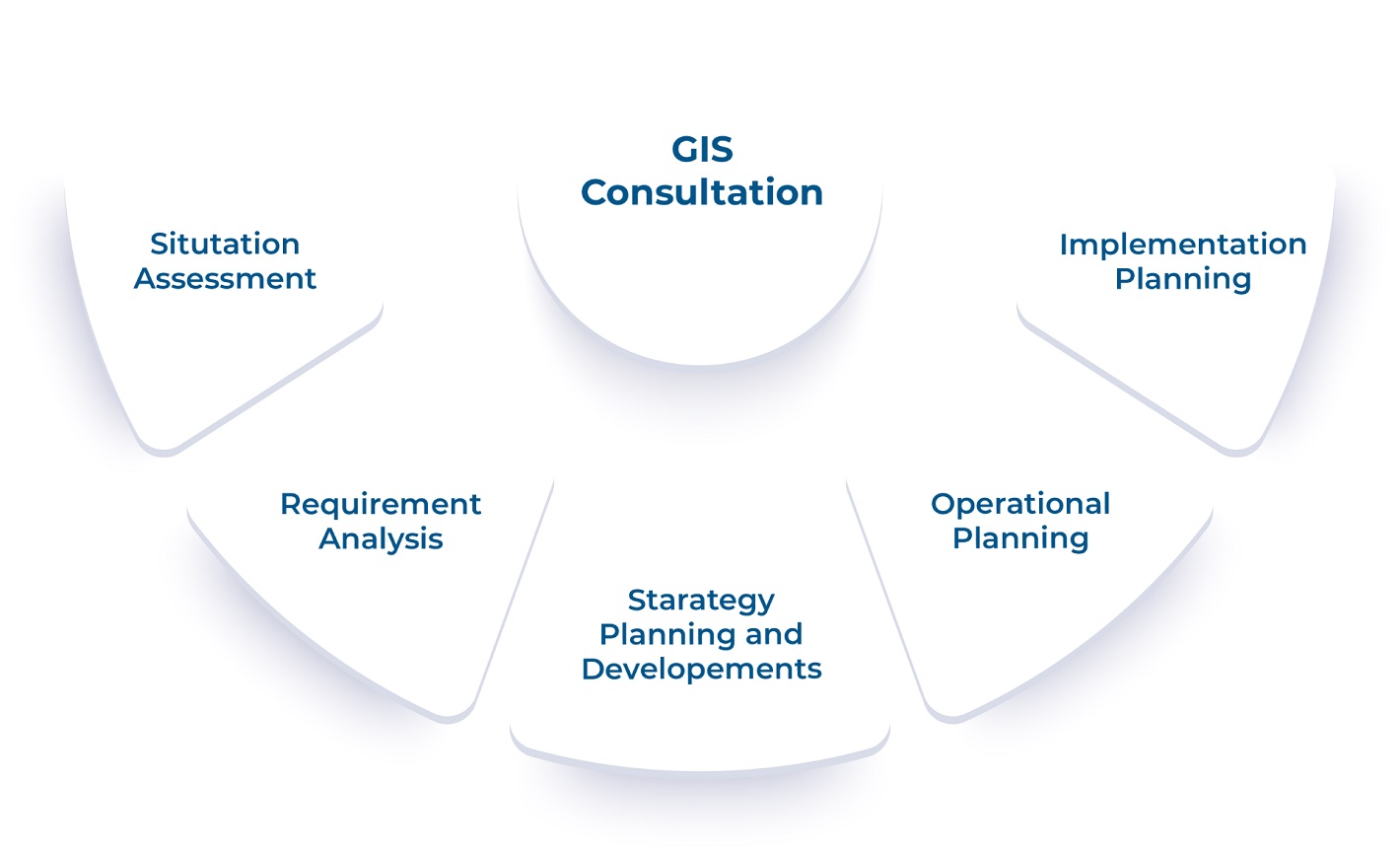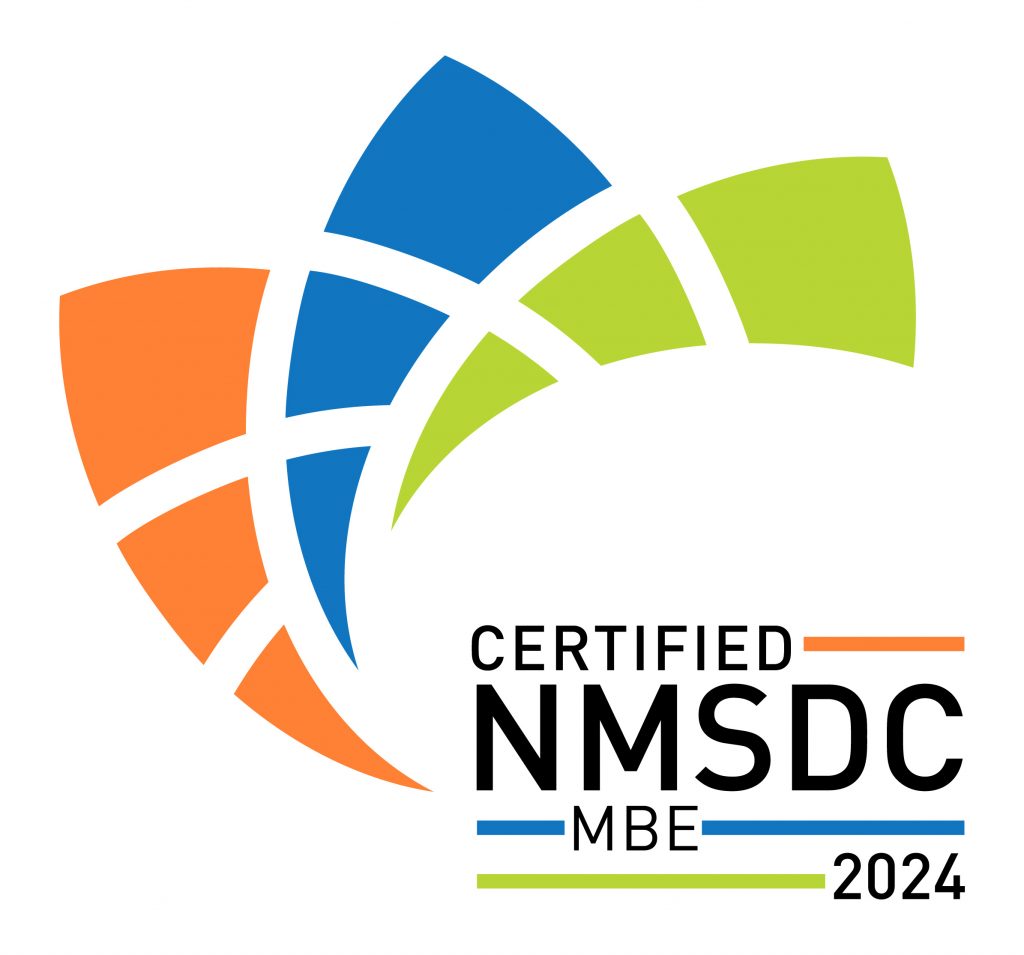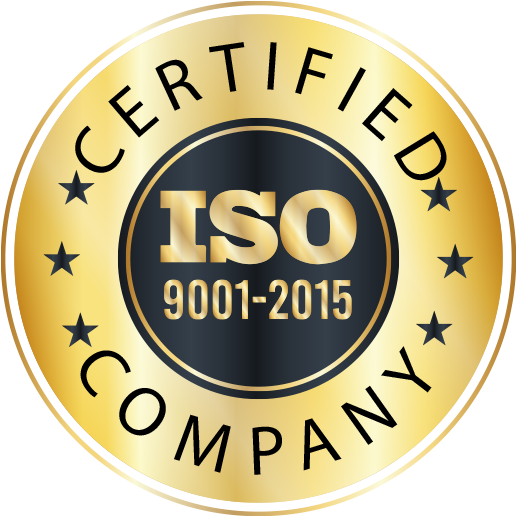GIS Consultation
Geographic data systems consultants are the ones to manage digital mapping data and carry out the analyses to answer any and every geographical query.
Predicting, Analyzing Trends for Multi-criteria Decision Making

Situation Assessment
The situation assessment recognizes the primary business functions within the organization, and then the customers conduct these functions. Business functions are distinguished as those that can be geospatially enabled and those that are likely not. The assessment identifies the capability of departmental units to respond to the stakeholder’s needs and the capacity of the stakeholder to benefit from the provided solution.
- Current GIS Practices
- Data Inventory
- Data Maintenance
- Enterprises GIS
- Framework
- Services needed
Requirement Analysis
It involves synthesizing the information discovered in the individual components into a comprehensive business requirement. The requirements are to be documented for each set of related business functions. It is important to distinguish internal versus cross–external requirements during this analysis.
- Business processes reengineering wherever necessary and automation when applicable.
- Organizational requirements including GIS development and coordination function, staff capacity building, steering committees and working groups, policy, legal, etc
- Technical and functional requirements for the Data, Applications, Infrastructure (systems) and Staff Capacity.
Data: The data can be either Vector or Satellite format, and it could be both Web and Desktop based editing overlaid with supporting datasets.
Infrastructure: Constructive infrastructure recommendations are suggested based on the Gap identified.
Staff Capacity: Suggests the skills and training needed for GIS staff to carry out the required day-in-out actions.
Strategy Planning & Developments
- AT for Aerial PhotosaVision & Mission and Guiding Principles
- Strategic Goals
- Implementation approach and Phasing considerations
Operations Planning
- Standard Operating Procedures (SOP)
- Stakeholders Community Engagement
- Service Level Agreements (SLA’s)
- Identify best practices and standards for the QA / QC process.
- Risk management and mitigation plan
- Identify the suitable framework for continuous improvements.
Implementation Planning
The implementation plan identifies and segregates the priorities and activities required to accomplish the strategic plan according to the program design and operations plan. It highlights the short-term projects and long-term projects that are required to be initiated for the benefit of organization goals towards Geographical Maturity along with the project implementation methodology that is in need.
- Short-term and Long-term projects
- Implementation tracks
- Project milestones and Key Performance Indicators
- Tracks and projects dependencies
- Risk management plan




